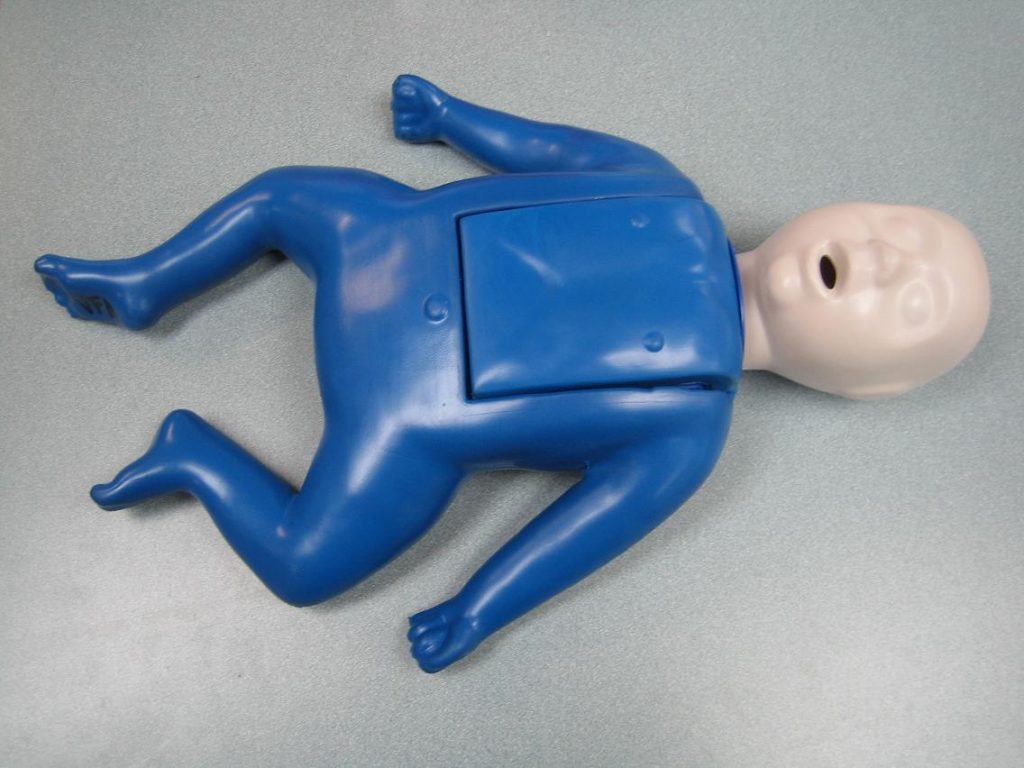Hypotonia is a condition where there is a reduced muscle tone usually common in infants and children. This condition can also affect adults. It is due to certain conditions such as muscular dystrophy or cerebral palsy which is a neuromuscular disorder. In addition, this condition if not treated properly results to hip dislocation and other problems.
Characteristics
- At first, children born with hypotonia are floppy when they are held and very slow in raising their head up. The hands and legs hang on the sides.
- Difficulty in remaining seated when placed in a seated position.
- Frequent dislocation of neck, jaw and hips
- Slow chewing response
- Difficulty feeding

Hypotonia is a condition where there is a reduced muscle tone usually common in infants and children. - Difficulty extending the limbs beyond the normal range
- A sensation that the muscles is so soft
- Slow achievement of gross of motor skills
- Shallow breathing
- Lastly, underactive gag reflex
Causes of hypotonia
- Genetic or a child is born with hypotonia
- Disorders of the central nervous system and progressive neuromuscular disorders
- Muscular dystrophy
- Cerebral palsy
- Prader-willi syndrome
- Lastly, myotonic dystrophy
Treatment
- Prescribed antibiotics if the condition is caused by encephalitis or meningitis. Generally, physical therapy with the help of the physical therapist to strengthen and increase muscle tone.
- Prescribed steroids to increase muscle tone if the condition is caused by neuromuscular disorders such as myasthenia gravis or muscular dystrophy.
- Massage the limbs of the child to increase flow of blood in the area and stimulate the development of musculature at least every day. Stimulate the muscles by applying pressure massage using ice or heat.
- Compression wraps for proper flow of blood, proper functioning of the joints and proper muscle tone.
- Weight training exercises with the help of the physical therapist for exercises to build muscle tone.
- Simulate the child to be acquainted with the nerves and senses of the body. Put the child on him/her tummy for a prolonged time to build back and neck muscles. Put infants in various positions when playing to build strength and prevent the back of the developing skull from becoming flat.
- Warm up the muscles by performing activities such as bouncing on a trampoline for at least several minutes before sitting to improve the posture. Let the child play with clay before writing to increase fine motor skills and grip.
FACT CHECK
https://medlineplus.gov/ency/article/003298.htm
https://en.wikipedia.org/wiki/Hypotonia
http://www.childrenshospital.org/conditions-and-treatments/conditions/m/muscle-weakness-hypotonia
